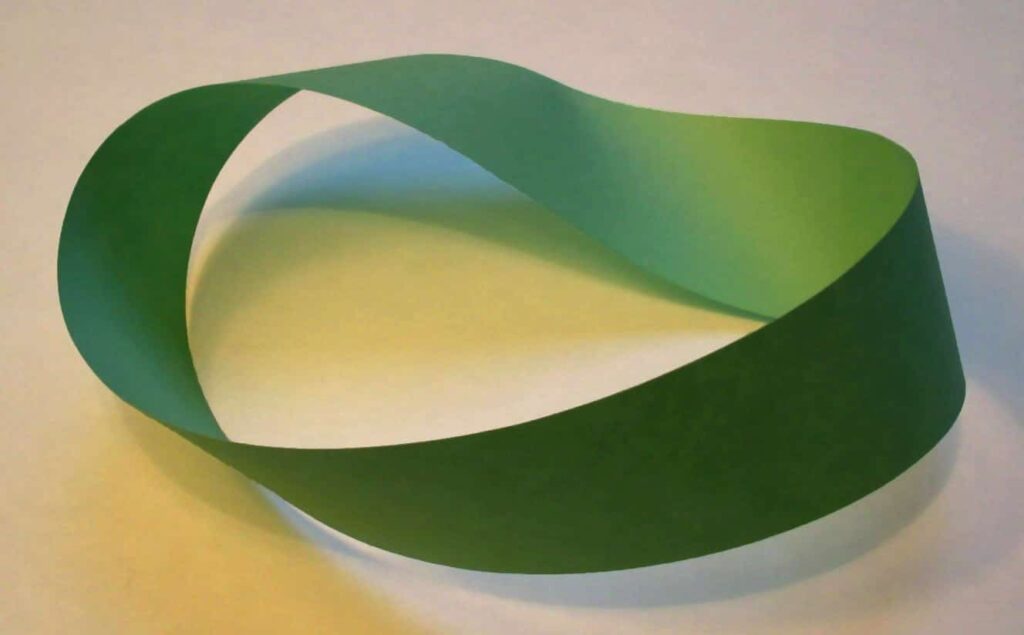The Möbius strip, a fascinating one-sided surface created by twisting a paper strip and taping its ends, has captivated mathematicians for over a century. A key question in this area involves determining the minimal length and width of a Möbius strip made of paper before it tangles or intersects itself, a puzzle tackled by mathematicians since its introduction by Charles Weaver and Benjamin Halpern in 1977.
Recent advancements from Richard Schwartz of Brown University revealed that for a paper Möbius strip to avoid self-intersection, its length must exceed approximately 1.73 times its width. For example, a strip that’s 1 cm wide should be at least 1.73 cm long.
Schwartz’s innovative work included exploring different visualization strategies, leading him to this breakthrough, which opens the door for further exploration of more complex twisted Möbius strips. The Möbius strip not only has mathematical significance but has practical applications in engineering, such as in conveyor belts, and artistic representation, including works by MC Escher.
Ultimately, the ongoing research around the Möbius strip continues to intrigue and push the boundaries of mathematical understanding.
Source link


